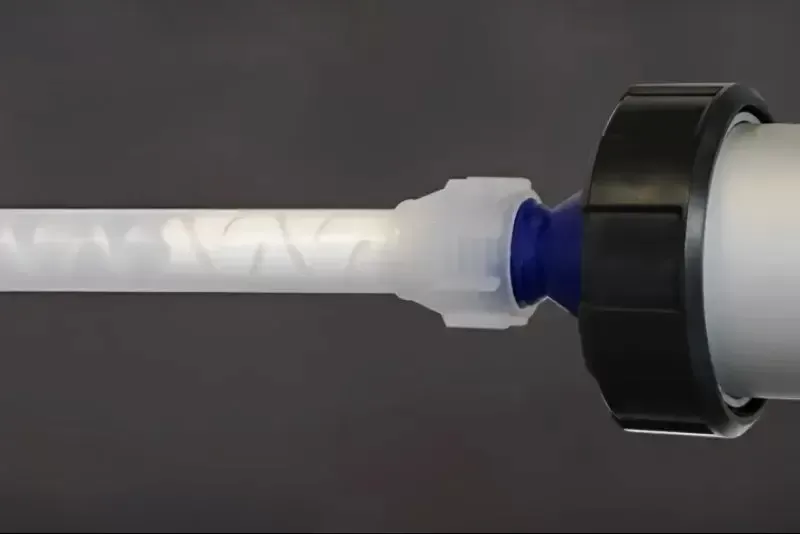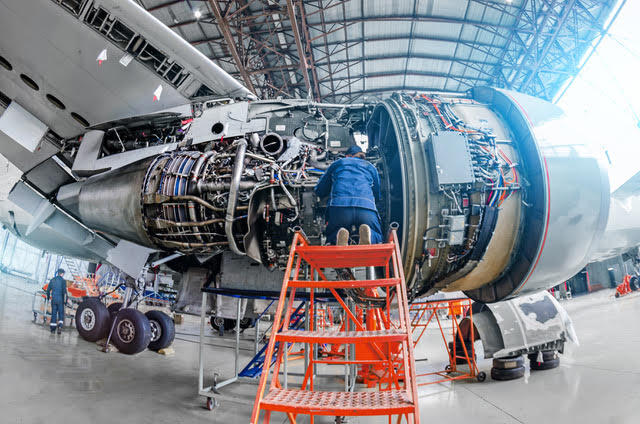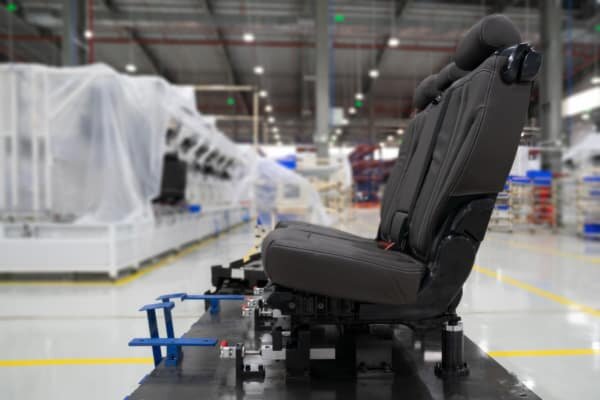Adhesives for antennas in vehicles

As a service, we offer free adhesives & sealants advice. We know it can be hard to find the best solution for your project. Please leave your details and we will get in touch within 1 day.

Attaching vehicle antennas with adhesive
Technological development has resulted in increasing requirements and desire for communication and network in vehicles such as trains, trucks and buses. In order to enable Wi-Fi connection, satellite positioning and train signalling, multiple transmitting and receiving antennas must be installed on the vehicles. These antennas are traditionally mounted on the vehicles using mechanical fasteners, however, also advanced adhesives can be used for the purpose. Adhesives offer a considerable alternative to fasteners as they prevent corrosion, resist UV radiation and reduce the weight of the vehicle while allowing for aerodynamic designs.
Adhesives for antennas vs. mechanical fasteners
In order to create a fully functioning network in vehicles for customers and operational purposes, antennas must be installed and mounted appropriately. Adhesives for antennas contribute a great deal to the efficiency of both the antenna and the vehicle as a whole. Some reasons for replacing mechanical fasteners in mounting antennas with glues include:
- Lighter weight: adhesives are generally lighter in weight than mechanical fasteners. For example in a bus, replacing fasteners with glues can result to weight reduction of 80 Kg. Although the antennas do not require many fasteners, every bond that can be glued contributes to overall weight reduction.
- Corrosion resistance: the mechanical fasteners are usually made of metal, which may promote corrosion. This is not the case with adhesives, in fact, they might even function as an anti corrosion barrier.
- Aerodynamic design: glues are more flexible than fasteners when it comes to design freedom. Adhesives for antennas allow for neat design unlike most mechanical mountings which lack flexibility.
- Lower cost: when it comes to costs, adhesives for vehicle antennas are beneficial as rather small amounts suffice, application is faster and the costs in general lower than those of mechanical fasteners.
Properties of adhesives for vehicle antennas
The antennas for buses, trains, trucks and other vehicles are usually installed on the rooftop of the vehicle. In some cases, they can also be hidden under non conductive fairing. However, most of the times the antennas are placed in plain sight subject to the elements. The desired characteristics of antenna adhesives include the following.
- UV resistance: as the antennas are usually placed on rooftops of vehicles, also the adhesives holding them in place are exposed to the elements, also to UV radiation. Therefore, the adhesives for antennas are UV proof.
- Conductivity: most antennas must be installed on an electrically conductive surface, usually a metal sheet, to maintain a magnetic field. If required, the adhesive can also be electrically conductive in order to prevent disturbance of the magnetic field.
- Strong: it goes without saying that the adhesive must be strong enough to hold the antenna in its place even when high speed is involved.
- Easy to apply (and disassemble): the service life of vehicles that require antennas is rather long: for example a train serves for 30 to 40 years on average. During their service life, new antennas are placed and outdated ones are replaced meaning that the adhesives that bond them to the vehicle must be easy and fast to apply. When replacement is expected, one can also choose for an adhesive that allows for disassembly.
Buying adhesives for vehicle antennas
Each antenna has different requirements regarding placement and means of fastening, as does each vehicle that requires an antenna. Contact us to find the best adhesive for the antennas in your vehicles and discover the possibilities for customized antenna adhesive systems.
Discover more solutions for transport & vehicles

What solution are you looking for?
We are specialized in the transportation and automotive industry. Need the best products or advice? Then please leave your details and we will get in touch.





